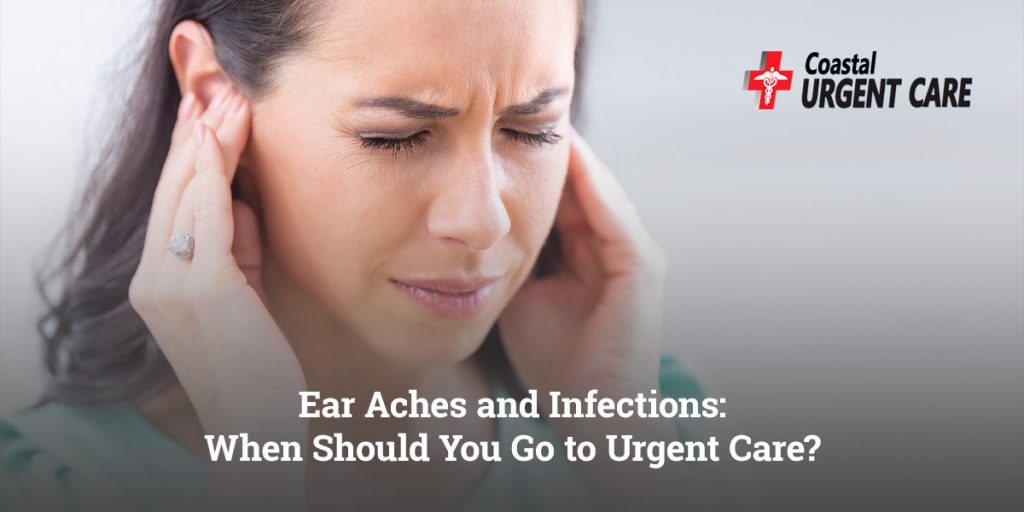
Reviewed by: Frank Garber
Ear infections are uncomfortable, painful and unfortunately pretty common. Ear infections are known to be the number one reason parents take their children to the doctor. In fact, most children will have experienced at least one ear infection by age 3.
While ear infections are more common in children, adults can also suffer from ear infections. Becoming more familiar with ear infection facts helps you know how to cure an ear infection quickly, what doctors can do for ear infections and how to tell your ear pain is serious enough for a doctor’s visit.
While ear infections are common, not every infection is the same. Ear infections can affect the inner ear, middle ear and outer ear:
Inner ear infections are commonly caused by viruses such as the cold or flu. This type of ear infection can also be caused by bacteria, allergies or certain medications that can negatively impact the ear.
An inner ear infection causes swelling and irritation. Other symptoms include:
Viral ear infections tend to go away on their own. However, medicine can be prescribed to help manage symptoms and treat an inner ear infection if needed. If you suspect you may have an inner ear infection, it’s best to visit a doctor for an official diagnosis and treatment plan.
The middle ear, located right behind the eardrum, is the most commonly infected part of the ear. Middle ear infections are caused by a clogged eustachian tube. The eustachian tube connects the middle ear to the back of the throat. When this tube becomes blocked, fluid that should be draining builds up and causes an infection.
Middle ear infections are more common among infants and children, but adults can also suffer from them. Typical symptoms of a middle ear infection include:
Depending on the severity and age of the patient, a doctor may prescribe antibiotics or ear drops or recommend over-the-counter pain relievers.

Swimmer’s ear is an external ear infection typically caused by extended exposure to large bodies of water like lakes, swimming pools or oceans. When your ear is exposed to water for a considerable amount of time, fungi and bacteria can grow, causing a painful ear infection.
People with swimmer’s ear often experience:
Ear drops are the most common treatment method for swimmer’s ear, but some cases may also require an antibiotic prescription. These ear infection symptoms should go away within seven to 10 days.
Ear infections typically go away on their own. Providing your body with enough rest, water and healthy foods helps your body fight off the infection. However, in some infection cases, additional treatment may be needed.
Other ways to treat an ear infection include:
Ear infections tend to improve after three days. If ear pain or other ear infection symptoms persist, that’s a sign you need to see a doctor. Once you’re prescribed additional treatment by your doctor, you should start feeling better within a few days. If your symptoms continue, contact your doctor immediately to review other treatment options.
If ear infections typically go away on their own, how do you know your ear infection is serious enough to see a doctor? Indicators you should go to a doctor or local urgent care for ear infection treatment include:
Ultimately, it never hurts to be seen by a doctor. If you feel your pain and symptoms are serious enough, or you’d like the peace of mind your symptoms aren’t part of a different health issue, visit your nearest urgent care for an assessment.
When you’re not feeling your best, Coastal Urgent Care is here to help you get back to feeling like yourself. Our providers lead with kindness and compassion to get you the help you need. Find a Coastal Urgent Care near you to start feeling better today!
